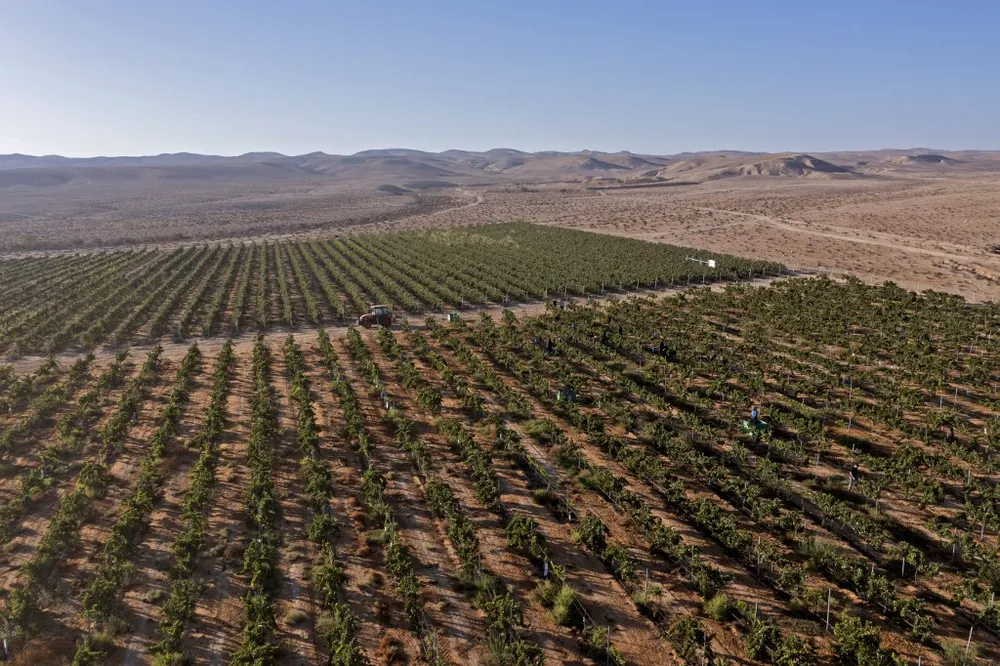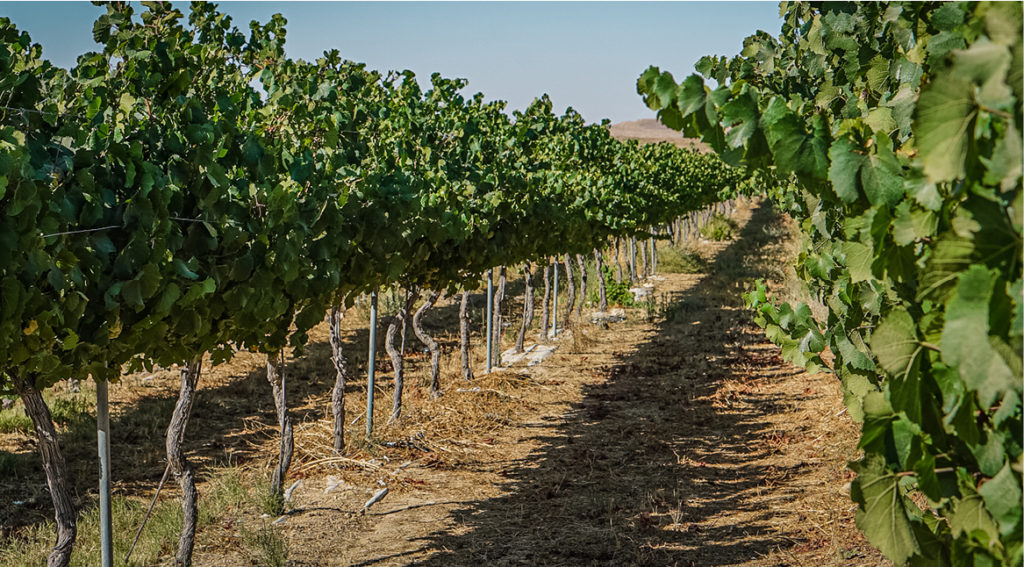
BGU Finds a Way to Help Reverse Desertification
BGU Finds a Way to Help Reverse Desertification
March 12, 2019
Jewish Press – Scientists at Ben-Gurion University of the Negev have shown in model studies that ecosystems may be rescued from collapsing to bare soil, or desert states, by means of simple interventions at the desert border.
“Deserts have been expanding for decades, but it doesn’t have to be an irreversible process,” says Prof. Ehud Meron, of BGU’s Alexandre Yersin Department of Solar Energy and Environmental Physics, in The Jacob Blaustein Institutes for Desert Research.

Snapshots of model simulations showing reversal of desertification induced by a front instability. Green and yellow colors denote, respectively, vegetated and bare-soil areas. Snapshot times are in units of years.
According to the United Nations Convention to Combat Desertification, over 30 percent of the land in the United States is affected by desertification, which is defined as soil productivity loss and the thinning out of the vegetative cove due to human activities and climatic variations.
Prof. Meron’s research group has developed a platform of mathematical models for dryland ecosystems that serves as an incubator for novel ideas on how to combat and even reverse the process of desertification.
One form of desertification is a domino-like process of plant mortality at border lines between bare-soil and vegetation areas that results in a desertification front and the gradual replacement of vegetation by bare soil.
“We uncovered an instability by which straight desertification fronts develop vegetation fingers that grow backward into bare soil areas and thereby reverse the desertification process,” says Prof. Meron.
The study, published in Physical Review Letters, was conducted in assistance with postdoctoral fellow Dr. Cristian Fernandez-Oto (now at the University of the Andes, Chile) and Ph.D. student Omer Tzuk.



